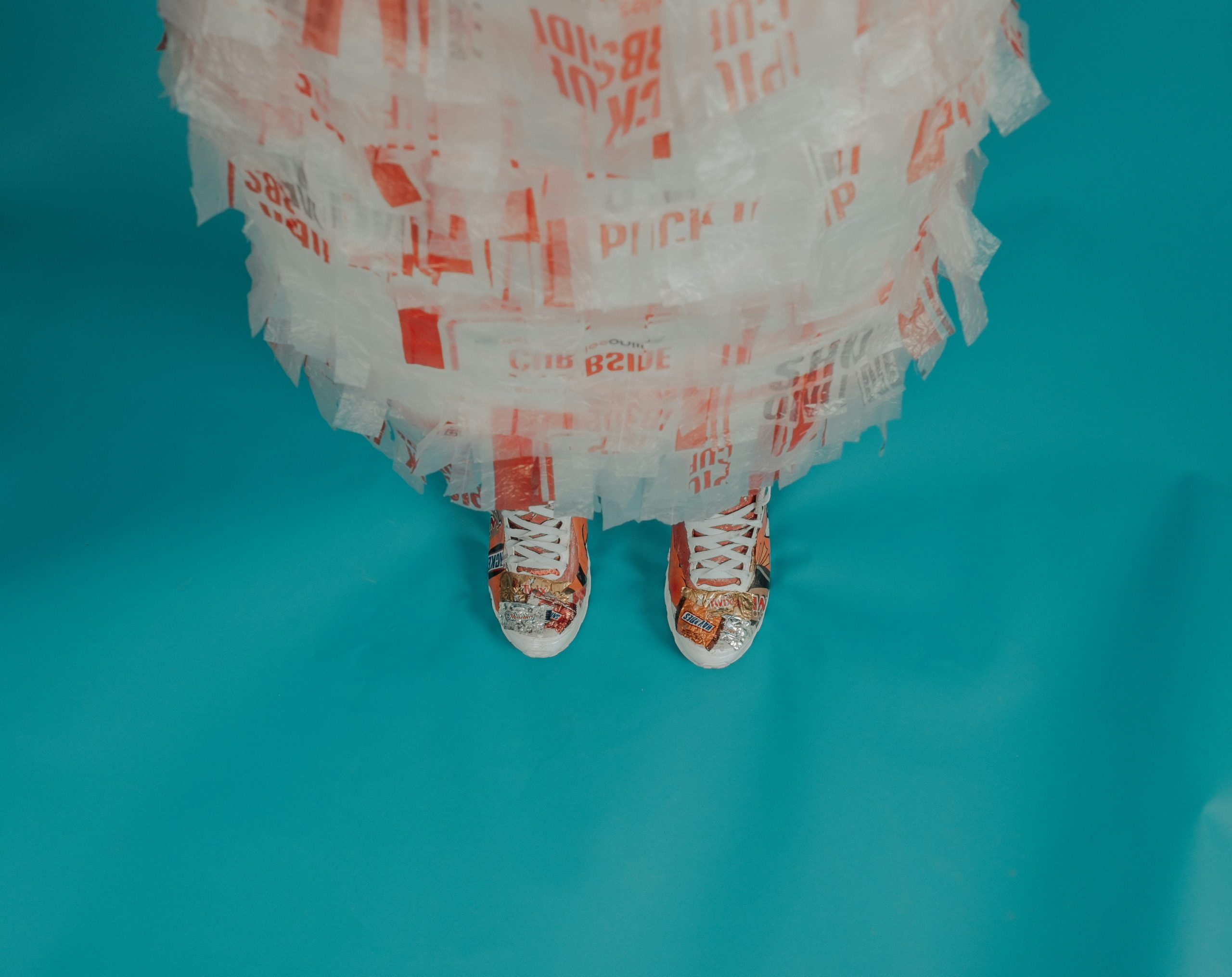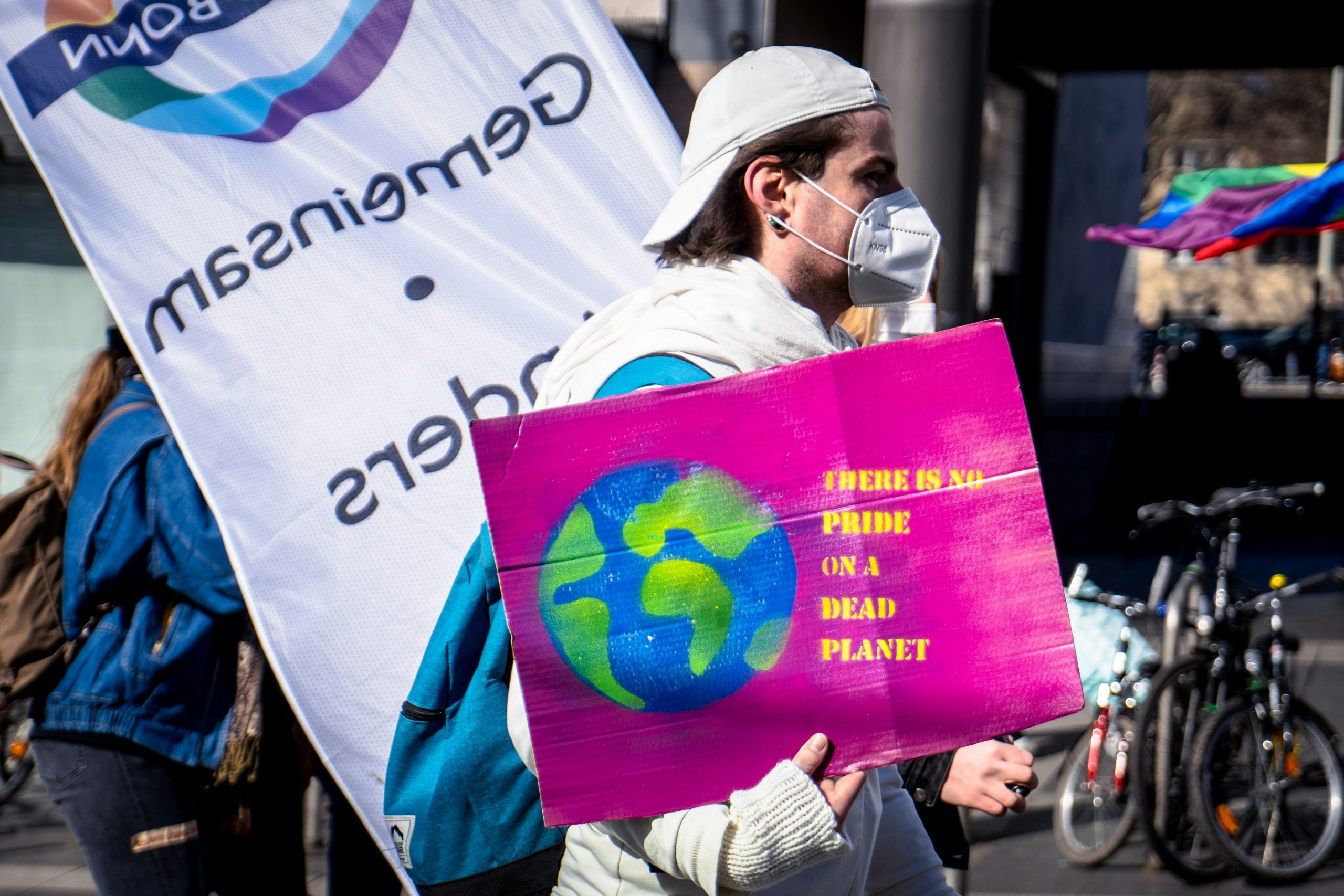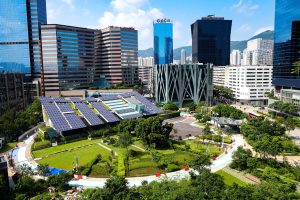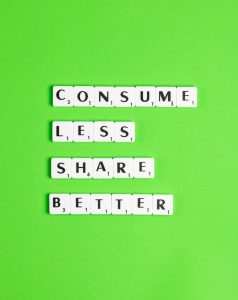In our quest to live more sustainably, the choices we make every day can have a significant impact on the environment. “What Are The Most Sustainable Fabrics?” delves into the world of eco-friendly textiles, guiding us through the best options for a greener wardrobe. From organic cotton and hemp to innovative materials like Tencel and bamboo, we explore which fabrics provide the perfect balance of sustainability and style. Let’s dive in and learn how our clothing choices can make a real difference for our planet. Have you ever wondered, “What are the most sustainable fabrics?” As we become more conscious about the impact of our choices on the environment, it’s natural to start questioning the sustainability of our clothing. The fabrics we drape ourselves in every day have a substantial effect on our planet. So, let’s dive into the world of sustainable fabrics and explore what makes them the top choice for eco-friendly fashion.
Why Does Fabric Sustainability Matter?
Sustainability in fashion has become more than just a buzzword; it’s a necessary shift. The fashion industry is one of the world’s most polluting industries, responsible for significant water consumption, greenhouse gas emissions, and large quantities of waste. Choosing sustainable fabrics helps minimize these impacts and supports more ethical and environmentally-friendly practices.
Environmental Impact
Traditional fabric production can be extremely harmful to the environment. From the chemicals used in growing non-organic cotton to the energy-intensive processes of manufacturing synthetic fibers, the damage is substantial. By opting for sustainable fabrics, we can help reduce pollution, water waste, and carbon emissions.
Ethical Considerations
Beyond the environmental concerns, sustainable fabrics often align with ethical practices. This includes fair labor conditions, reduced exploitation, and better working conditions for those involved in the supply chain. Choosing sustainable options is a step toward a more humane and just fashion industry.
Criteria for Sustainable Fabrics
To identify the most sustainable fabrics, we need to consider various criteria. These criteria help us evaluate the environmental and ethical credentials of different textiles.
Renewable and Biodegradable
Fabrics made from renewable resources that are also biodegradable at the end of their life cycle tend to be more sustainable. These materials come from sources that can be naturally replenished and decompose without leaving harmful residues.
Low Water and Energy Use
The production of sustainable fabrics uses minimal water and energy. This is crucial because many traditional textile manufacturing processes are incredibly water-intensive and consume vast amounts of energy.
Minimal Use of Chemicals
Sustainable fabrics are produced with little to no harmful chemicals. This reduces pollution and the negative health impacts on workers and communities involved in production.
Longevity and Durability
Durable fabrics that stand the test of time are more sustainable as they reduce the need for frequent replacement. Longevity in fashion translates to fewer resources consumed over time.
Recyclability
Materials that can be recycled or upcycled play a significant role in sustainable fashion. These fabrics help create a circular economy where products are reused rather than discarded.

The Most Sustainable Fabrics
Let’s explore some of the standout fabrics that meet these sustainability criteria. Each fabric comes with its unique benefits and considerations.
Organic Cotton
Organic cotton is grown without synthetic pesticides or fertilizers, making it a much cleaner option than conventional cotton. It supports biodiversity and soil health.
- Environmental Benefits: Organic cotton farming uses less water and energy, and it doesn’t involve harmful chemicals that contaminate local water supplies.
- Ethical Benefits: Promotes safer working conditions and fairer pay for farmers.
Hemp
One of the oldest known fibers, hemp is incredibly sustainable. It grows quickly and requires little water and no pesticides.
- Environmental Benefits: Hemp improves soil health, making it beneficial for crop rotation. It’s highly productive per acre and absorbs more CO2 than trees.
- Ethical Benefits: It’s typically grown in conditions that support fair trade practices.
Bamboo
Bamboo grows rapidly and does not require pesticides. It’s often touted as a sustainable alternative to traditional textiles.
- Environmental Benefits: Bamboo can be harvested sustainably, and it’s known to absorb more CO2 than many other plants.
- Ethical Benefits: Though the production process can be chemical-heavy, brands committed to sustainability use eco-friendly methods.
Linen
Made from the flax plant, linen is a durable and biodegradable fabric. It’s known for being strong and absorbent.
- Environmental Benefits: Flax plants require minimal water and pesticides, making them highly sustainable.
- Ethical Benefits: Linen production often supports small-scale farmers and ethical practices.
Tencel (Lyocell)
Tencel is a type of lyocell made from sustainably sourced wood pulp. The production process is closed-loop, meaning chemicals are reused with minimal waste.
- Environmental Benefits: It’s manufactured in a process that recycles 99% of solvents and uses less water and energy.
- Ethical Benefits: Often certified by organizations that ensure forest sustainability and worker welfare.
Recycled Fabrics
Materials like recycled polyester (rPET) are made from post-consumer plastic waste, reducing the need for virgin resources.
- Environmental Benefits: Recycling plastic reduces landfill waste and the demand for petroleum.
- Ethical Benefits: Many companies ensure the recycling process adheres to fair labor conditions.
Comparing Sustainable Fabrics
To better understand how these fabrics stack up against each other, let’s compare their attributes in a table:
| Fabric | Renewable | Biodegradable | Water Use | Energy Use | Chemical Use | Durability | Recyclable |
|---|---|---|---|---|---|---|---|
| Organic Cotton | Yes | Yes | Low | Low | None | High | Yes |
| Hemp | Yes | Yes | Low | Low | None | High | Yes |
| Bamboo | Yes | Yes | Low | Moderate | Depends | High | Yes |
| Linen | Yes | Yes | Low | Low | Minimal | High | Yes |
| Tencel | Yes | Yes | Low | Low | Minimal | High | Yes |
| Recycled PET | No | No | Low | Low | Minimal | High | Yes |

Challenges and Considerations in Sustainable Fabrics
While these fabrics offer significant benefits, it’s essential to be aware of potential drawbacks and challenges.
Cost
Sustainable fabrics often come with a higher price tag. This can be due to more expensive raw materials, ethical labor practices, and environmentally-friendly manufacturing processes. However, investing more initially can lead to longer-lasting products, ultimately saving money.
Availability
Not all sustainable fabrics are readily available everywhere. This can limit consumer choice and make sustainable options harder to find.
Misleading Claims
Greenwashing, or falsely marketing products as environmentally-friendly, is a prevalent issue. It’s crucial to research and verify claims to ensure fabrics are genuinely sustainable.
Technological Limitations
While there have been advances, some sustainable fabrics still face technological hurdles that prevent them from being as versatile or durable as conventional materials.
How to Choose Sustainable Fabrics
With knowledge about different sustainable fabrics, we can make informed choices. Here are steps to help navigate the selection process:
Research the Brand
Look into the brand’s sustainability practices. Are they transparent about their materials and processes? Do they have certifications from reputable organizations?
Prioritize Natural Fibers
Whenever possible, choose natural and organic fibers. They tend to have a lower environmental impact compared to synthetics.
Check for Certifications
Certifications from organizations like GOTS (Global Organic Textile Standard), Fair Trade, and OEKO-TEX are good indicators of ethical and sustainable practices.
Consider the Full Lifecycle
Think about the entire lifecycle of the fabric—from production and usage to disposal. Fabrics that are biodegradable or recyclable are preferable.
Support Ethical Brands
Choose brands that are committed to fair labor practices and ethical working conditions. This supports a more humane fashion industry.

The Future of Sustainable Fabrics
As technology evolves, the range and quality of sustainable fabrics will continue to improve. Innovations like lab-grown leather, bio-fabricated materials, and advancements in recycling technologies hold promise for even more sustainable options.
Lab-Grown Leather
Lab-grown leather, or cultured leather, offers a cruelty-free and environmentally-friendly alternative to traditional leather. It’s made by growing collagen cells—the protein in animal skin—in a laboratory.
- Benefits: Reduces the land, water, and carbon footprint associated with conventional leather production. It’s also free from the ethical issues related to animal agriculture.
Bio-Fabricated Materials
Bio-fabrication involves creating materials through biological processes, often using microorganisms. These can mimic natural fibers or create entirely new materials.
- Benefits: These processes can be highly sustainable and can produce materials with unique properties, such as enhanced durability or biodegradability.
Advanced Recycling Technologies
Emerging recycling technologies are making it easier to break down and repurpose existing textiles into new, high-quality fabrics. This includes chemical recycling processes that can effectively separate and reclaim fibers from mixed material products.
- Benefits: Supports a circular economy by reducing waste and the need for virgin resources.
Conclusion
In our journey to uncover “What are the most sustainable fabrics?”, we’ve explored various options that contribute to a more eco-friendly and ethical fashion industry. From organic cotton and hemp to innovative materials like lab-grown leather, the choices we make can significantly impact our planet.
By focusing on renewable resources, reducing water and energy use, minimizing harmful chemicals, and ensuring ethical practices, we can pave the way for a more sustainable future. Remember, each choice adds up, and together, we can foster a more sustainable world, one fabric at a time.
Let’s continue to educate ourselves, invest in quality, and support brands that genuinely care about the environment and humanity. The road to sustainability is a shared endeavor, and with informed choices, we can all make a difference.
So, what will be the next sustainable fabric to join our wardrobe? Let’s make it one that aligns with our values and contributes to a better world for generations to come.



